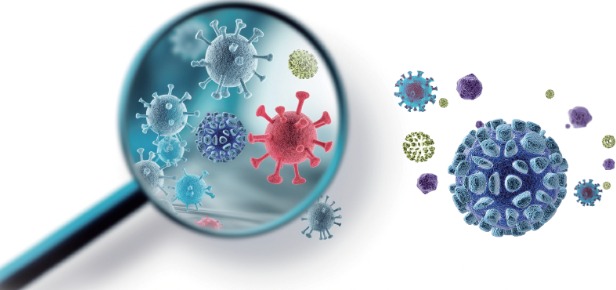1. What It Is
C-reactive protein (CRP) is an acute-phase protein mainly produced by the liver into the blood in response to inflammation. CRP levels rise rapidly following inflammatory stimuli and decline promptly once the trigger resolves, making it a valuable tool for early diagnosis and treatment monitoring.
|
Parameter |
C-reactive protein (CRP) |
|
Primary Site of Production |
Liver |
|
Clinical Utility |
● Monitor inflammation and guide patient management ● Differentiate bacterial from viral infections: CRP level ≥ 50 mg/L are linked to bacterial infections in ~ 90% of cases |
|
CRP Response & Half-life |
● Onset of increase: 6–8 hours ● Peak: 24–48 hours ● Half-life: ~19 hours |
2. Why It Matters
(1) Reliable biomarker: Clinically validated indicator of systemic inflammation, infection, autoimmune disorders, and cardiovascular risk.
(2) Actionable insights: Supports differential diagnosis (bacterial vs viral), informs antibiotic prescribing, and monitors disease activity to guide treatment.
(3) POC advantage: Rapid, on-site testing enables timely clinical decisions in primary care, emergency, and bedside settings.
3. Reference Ranges:
|
Item |
Result |
Interpretation |
|
High-sensitivity C-reactive protein (assessing risk of cardiovascular events) |
1 mg/L |
Low cardiovascular risk |
|
1–3 mg/L |
Moderate cardiovascular risk; anti-inflammatory therapy recommended |
|
|
≥ 3 mg/L |
High cardiovascular risk; anti-inflammatory and antithrombotic therapy recommended |
|
|
< 10 mg/L |
Normal |
|
|
> 10 mg/L |
Indicates inflammation; possible infection, autoimmune disease, or chronic inflammation |
|
|
> 50 mg/L |
Indicates bacterial infection (~90%); viral infection uncommon |
|
|
> 100 mg/L |
Severe elevation, generally seen in acute bacterial infections |
Note: Results should be interpreted in the context of the patient’s clinical condition. Laboratories are recommended to establish population-specific reference values for their region, as the levels may vary with demographic and methodological factors.
4. When and Where to Measure CRP
|
Clinical Setting |
When / Indication |
Purpose / Clinical Use |
|
Primary care / Outpatient clinics |
At onset of acute symptoms; routine follow-up for chronic inflammation |
Rapid assessment of infection; guide antibiotic use; monitor autoimmune disease activity |
|
Emergency department / Urgent care |
Suspected acute infection, fever, or trauma |
Triage patients; monitor acute inflammation and treatment response |
|
Hospital / Laboratory / ICU |
Post-surgery, trauma, sepsis, or during treatment |
Assess inflammation; monitor therapy effectiveness, and track disease progression |
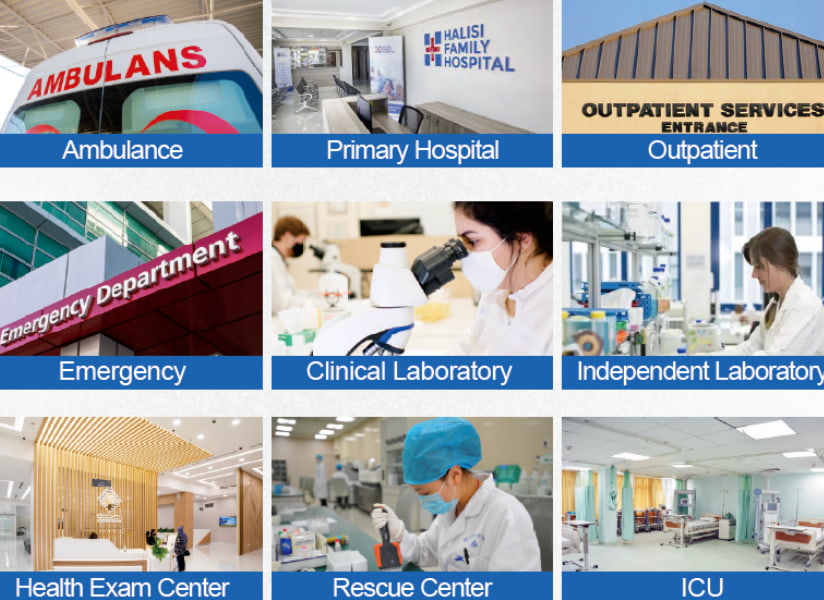
5. Why Poclight CRP Stands Out: Facts & Features
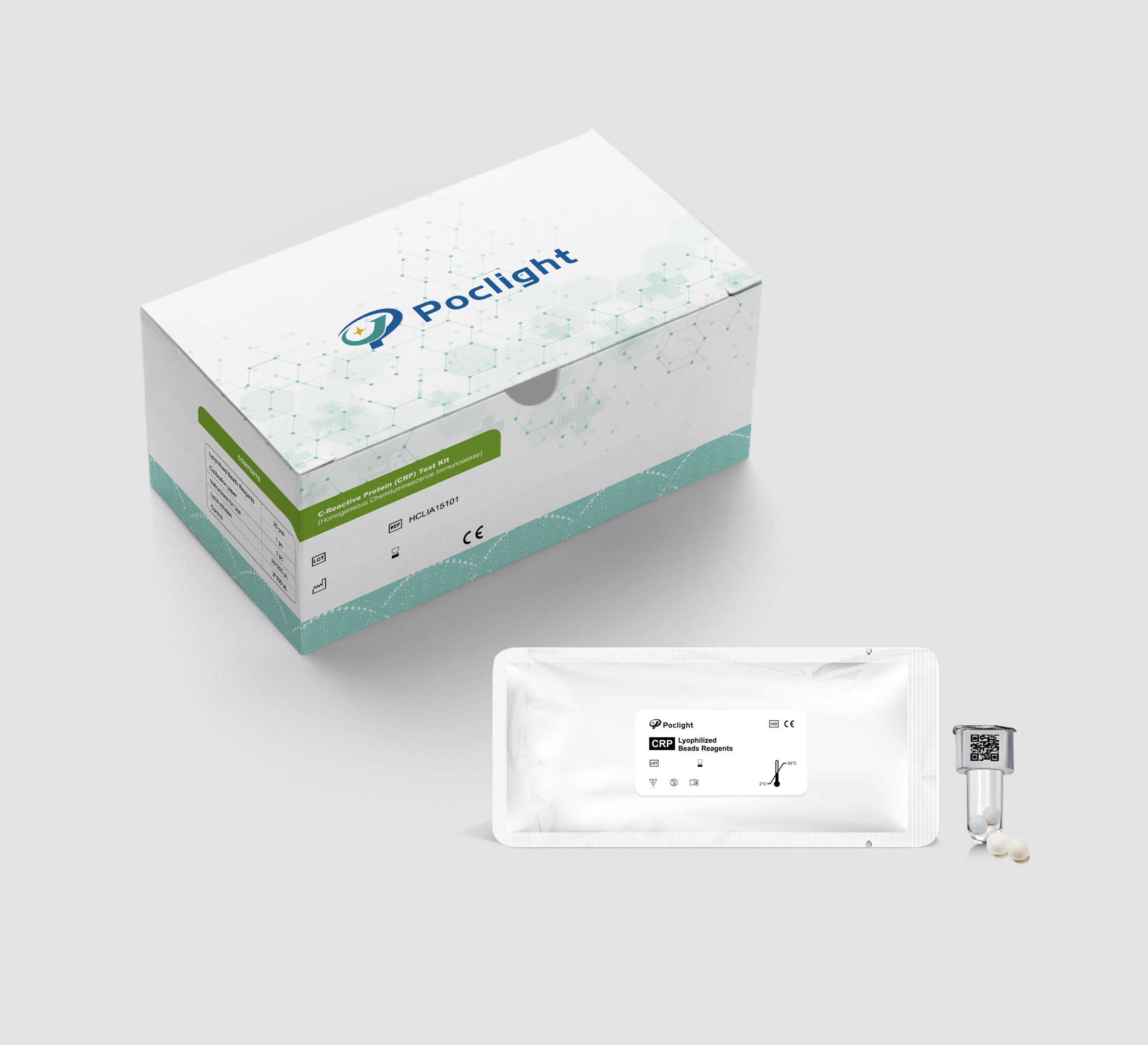
(1) Assay Specifications
|
Item |
Specification / Value |
|
Detection Limit (LOD) |
≤ 0.5 mg/L |
|
Measurement Range |
0.5 - 320 mg/L within this linear range, the linear correlation coefficient r should be not less than 0.990 |
|
Sample Volume |
5 μL |
|
Sample Type |
Serum, Plasma, Whole Blood |
|
Assay Time / Turnaround |
3 min |
|
Precision (CV%) |
5% |
|
Reference Range |
<10 mg/L |
(2) Key Features:
a. Advanced patent technology: 5th generation homogenous CLIA, CRET technology
b. Compatible with Poclight C5000 analyzer: Designed for POC settings, auto-calibration, built-in scanner, internal mixing component, and more
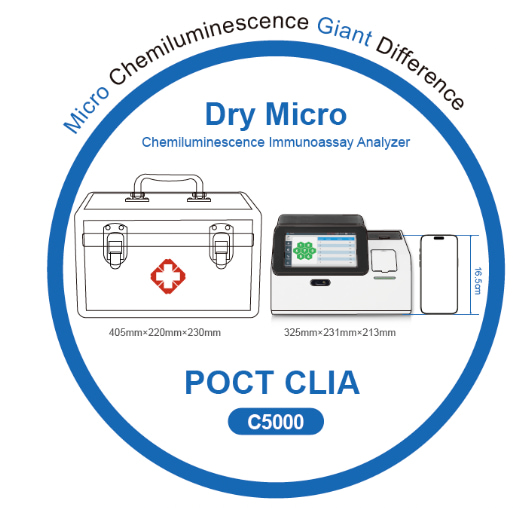
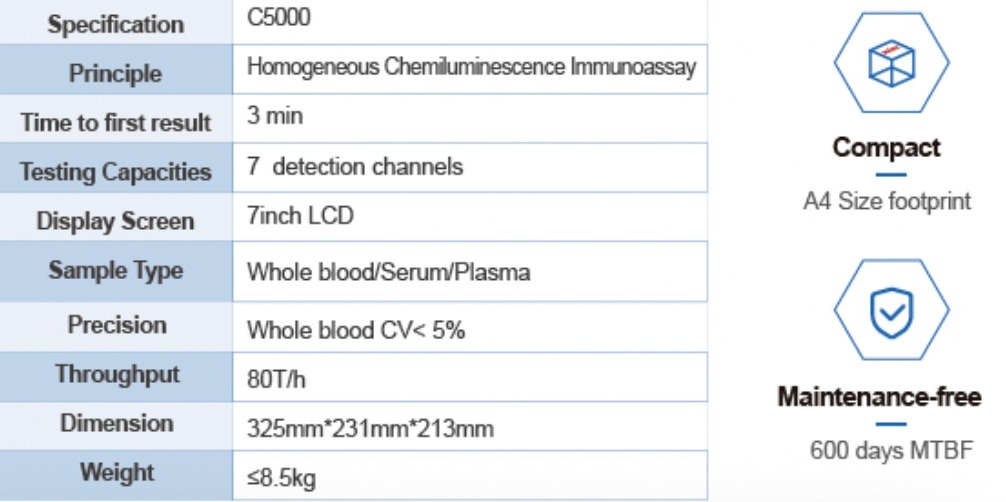
c. Individually packaged: on-demand testing
d. Room-temperature transport, no cold chain required: saves logistic costs
e. Lyophilized reagents: freeze-dried reagent for room temperature storage (2–30°C) with extended shelf life of 18 months
f. Operational efficiency: intuitive process, reduced workload, and optimal lab performance

